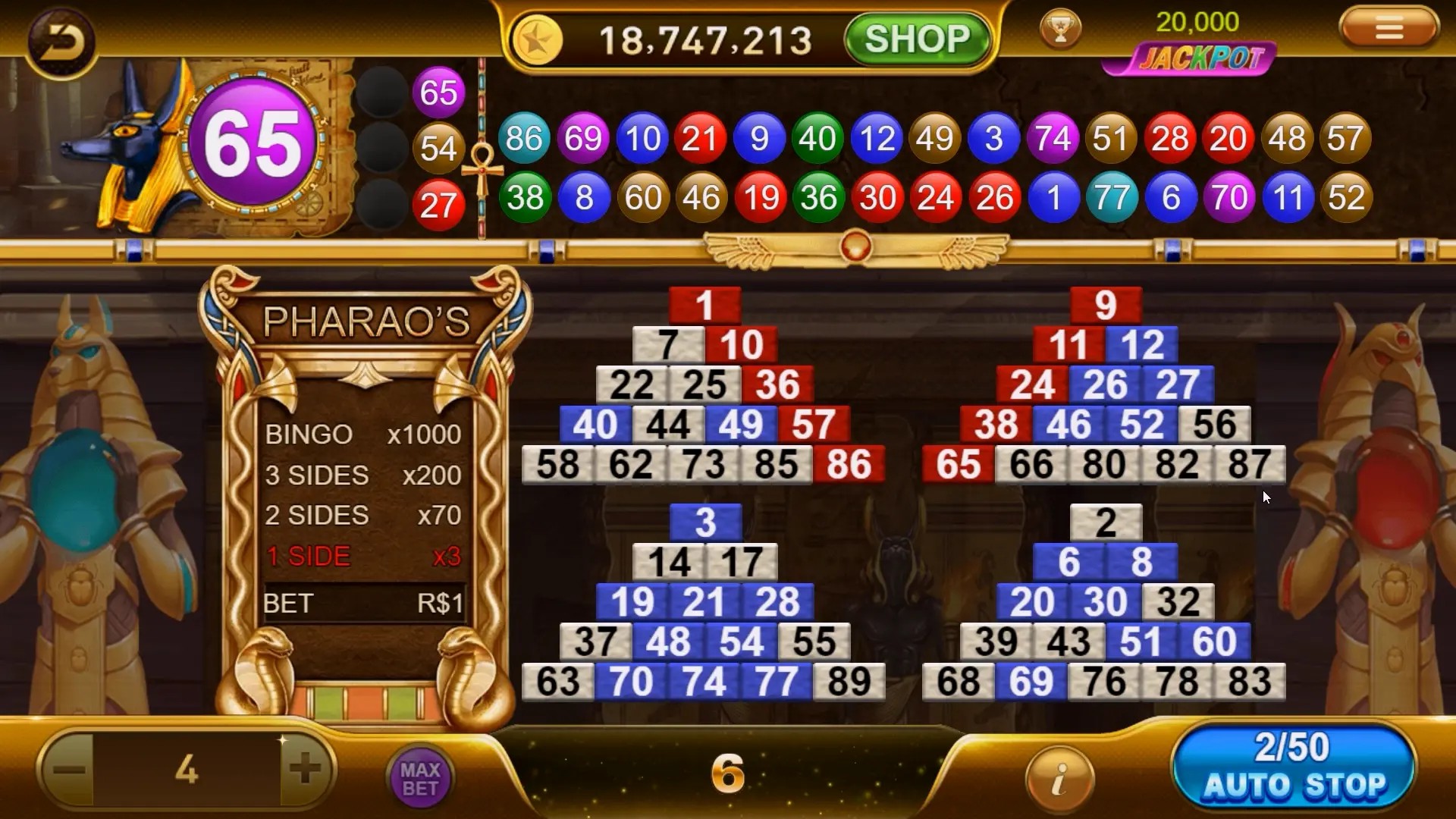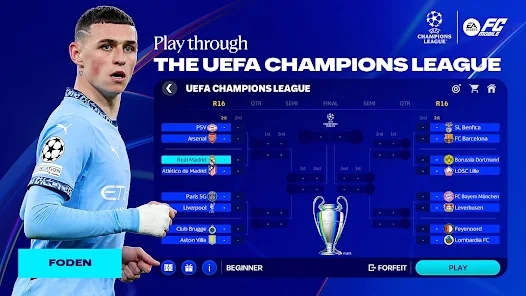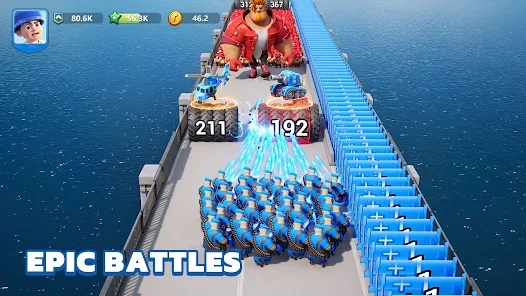How MMORPGs Can Revolutionize Educational Games for Engaging Learning Experiences
Have you ever thought about how massively multiplayer online role-playing games (MMORPGs) have the power to transform the landscape of educational games? It’s a fascinating idea: combining the immersive worlds of games like Clash of Clans with the structured learning of educational tools could create environments where students are not just passive learners, but rather explorers, builders, and creators. This article delves into how MMORPGs can provide engaging learning experiences, fostering an exciting and interactive educational atmosphere.
Understanding the Power of MMORPGs
MMORPGs like World of Warcraft or Final Fantasy XIV draw millions into their expansive universes by offering not just a game, but an experience. Players engage in quests, collaborate with others, and build communities—all while being entertained. But what if this model could be adapted for educational purposes? The answer is a resounding yes. With their rich narratives and engaging gameplay, MMORPGs can capture students’ attention in ways traditional educational games simply cannot.
The Components of Educational Games
To understand how MMORPGs can revolutionize educational games, it’s essential to first identify what makes these games effective. Below are some components that educational games generally incorporate:
- Interactive Learning: Students learn best when they can interact with the content.
- Motivation: Games can motivate students through mechanics like points, levels, and rewards.
- Real-World Application: Incorporating real-world scenarios enhances relevance and understanding.
- Social Engagement: Learning with peers makes the experience more engaging.
MMORPG Elements That Enhance Learning
Integrating MMORPG characteristics into educational games can significantly elevate the learning atmosphere. Here are several elements to consider:
| MMORPG Element | Educational Benefit |
|---|---|
| Quests & Adventures: | Encourages problem-solving and critical thinking. |
| Character Customization: | Allows students to express themselves and take ownership of their learning. |
| Skills Development: | Teaches specific subjects through gameplay mechanics. |
| Collaborative Gameplay: | Promotes teamwork and communication skills. |
Examples of MMORPGs in Education
Many educators are already exploring how to incorporate MMORPGs into learning environments. Here are some notable examples:
- Classcraft: This unique platform transforms education into a quest-based game where students can level up based on academic performance and behavior.
- Minecraft: Education Edition: Using the popular game, students can create worlds and scenarios that reinforce learning academically and socially.
- Quest Atlantis: A virtual world designed for learning that immerses students into various subjects through gaming mechanics.
The Role of RPG Game Tables in Educational Settings
One often overlooked component is the RPG game table. These are not just for traditional tabletop role-playing games; they can foster a collaborative learning environment in classrooms. By employing game mechanics from RPGs, teachers can encourage students to engage in role-play scenarios, thus enhancing critical thinking and creative skills. Imagine students simulating historical events or building ecosystems—all from a simple table setup!
Challenges and Considerations
While the prospects of integrating MMORPG elements into educational games are enticing, there are challenges to consider:
- Some students may find it difficult to separate gaming from learning, leading to distractions.
- Creating a balanced game that fosters learning without sacrificing fun can be tricky.
- Not all educators may be familiar with MMORPGs, which can hinder integration.
Yet, with proper planning and professional development, these challenges can be addressed, leading to beneficial outcomes in the classroom.
Concluding Thoughts: A New Era of Learning
In summary, the synergy between MMORPGs and educational games opens a gateway to enhance learning experiences. By using familiar gaming elements to create engaging, interactive environments, educators can effectively capture the attention and imagination of students. This new approach promotes collaboration, problem-solving, and creativity—skills that are crucial in today’s society. With a thoughtful application of these principles, we can turn classrooms into thriving, engaging spaces that mimic the excitement of a gaming world. The future of education could very well be a game-changer.



